The Interactive Commons at Case Western Reserve University (CWRU) was established in 2014 as a center to connect individuals from across our campus and our region through advanced visualization to further research and education.
We believe that interdisciplinary engagement is the force that compels unique and transformative solutions to our society’s most challenging problems. Our most pressing challenge is also our most recent: the COVID-19 pandemic. During this time, we transitioned the HoloAnatomy® course taught in the CWRU School of Medicine to be delivered remotely. This was the first, large-scale remote MR application experience in history. This is the story of how it went.
This is dedicated to the students at the CWRU School of Medicine (SOM), in particular to Jorge Gutierrez, Sabrina Wang, Mitchell Thom, Dominique Tucker, Ellen Kendall and Kaelynn Workman, who took the time to share their stories for this project.
Along with their classmates, they have shown fearless determination, vulnerability, compassion and courage during this difficult time, and we are so proud to partner with them. We are also extremely grateful for the support from the faculty and staff of the Medical Anatomy Program at the SOM, the HoloLens team at Microsoft, and the CWRU administration. Thank you for helping us make this possible.
“It's kind of surreal. I would never have imagined.”
KAELYNN WORKMAN, MD CANDIDATE '23
“The whole world is kind of falling apart around us. So we're just along for the ride these days.”
ELLEN KENDALL, MD CANDIDATE '23
“There are so many ways that the fallout from this are going to just change the way the world works.”
MITCHELL THOM, MD CANDIDATE '23
The COVID-19 pandemic was underway, and was profoundly shifting the bedrock of society.
As the world tried to get a grip on what was happening, and stop the spread of the novel coronavirus, the places where people gather together shut down, including most colleges and universities.
"Med school is such a collaborative teamwork-based environment; you can't get through med school alone. So much of our curriculum is built around group work and working on teams that it was really scary to switch to, ‘Okay - stay on your own. Don't be in groups.'"
ELLEN KENDALL, MD CANDIDATE '23
Changes came quickly, and the campus flexed.
In anticipation of a surge in COVID+ patients, the Cleveland Clinic and the SOM immediately reconfigured the atrium of the brand new Samson Pavilion - the Health Education Campus (HEC) - to function as an overflow hospital. Hundreds of hospital beds moved in, and the furniture and trees moved out.
“They designed a whole building based off of our curriculum, which is 100% based off of interacting with one another. We have our small groups, we sit close together and we work on problems together. And then all of a sudden, we can't be together. "
ELLEN KENDALL, MD CANDIDATE '23
Faculty, staff and students made adjustments to teach and learn remotely.
Plans and guidelines started coming out from the university administration each day, often before the ink was dry on the plans themselves. Students hunkered down - some stayed in their apartments in Cleveland, some went back home to stay with family, and others stayed put where they had spent their spring break, wishing they had packed a few more clothes.
In class, as each students enters they pick up a HoloLens and adjust it to fit. The students then cluster around eight separate pods, and a hologram of the human body appears. As the professor walks through the space, introducing and describing the anatomical systems they see, she ‘air taps’ to move on, and the HoloBodies change.
The software was designed and built by the Interactive Commons, in conjunction with Microsoft and the Cleveland Clinic, to deliver world-class anatomical education via 3-D holograms, viewed on Microsoft’s newest technology, the HoloLens. Studies have shown that using this software, students have learned anatomy in less time and with greater retention than in traditional cadaver labs (link to study).

“I think the hardest part for any student in medical school, or just anatomy in general, is the relationships. And the biggest strength of HoloLens is being able to stick your face in and see the relationships between things. What's deep to it, what’s superficial, to it what's lateral... just how to find things.”
MITCHELL THOM, MD CANDIDATE '23
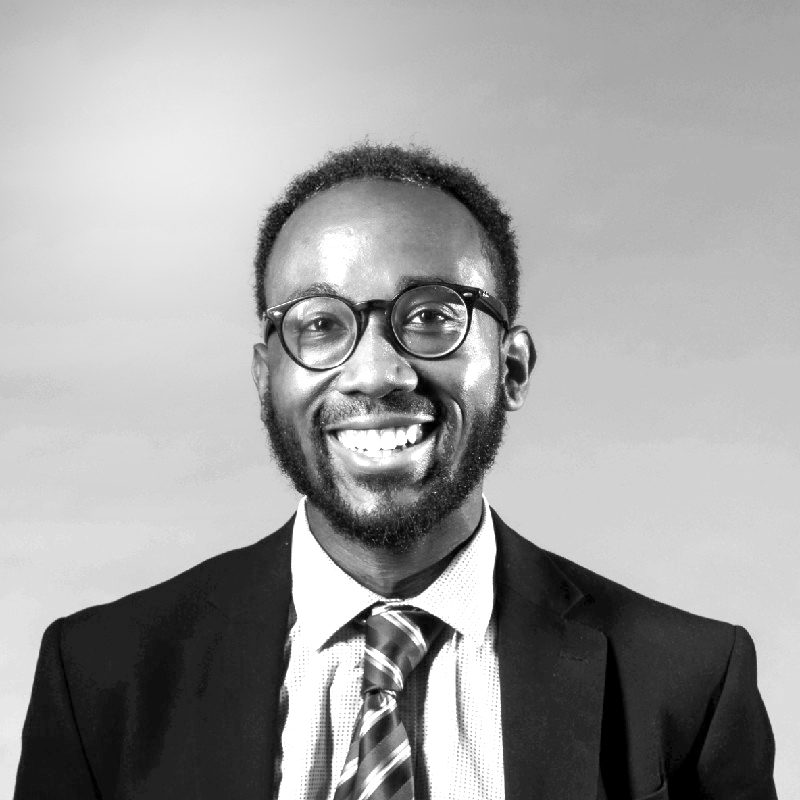
“Looking at reproductive tissues and the urinal track, it was much better on HoloLens. It's not even... it was so good. You could see every structure, it was well defined. You could see the margins and really intricate structures that you can't see grossly with the naked eye on a cadaver.”
DOMINIQUE TUCKER, MD CANDIDATE '23
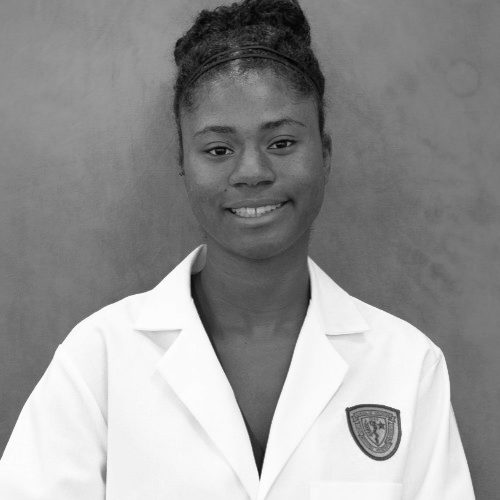
“You're able to see microstructures, and things that you normally wouldn’t see in a body because they were torn during dissection or they're too small to see. You can appreciate how things are in relation to each other in terms of location and depth - HoloLens provides that."
KAELYNN WORKMAN, MD CANDIDATE '23
HoloAnatomy® had been enormously successful in the brand new, state-of-the-art Health Education Campus, but now our students couldn’t be there.
We had to figure out how to bring the class to them.
Over the course of 12 busy days, the IC team commandeered 140 new headsets, which were generously expedited from Microsoft. One part of the lab worked on the logistics of cleaning, loading and shipping these some 12 dozen headsets...
...while the other half of the team got to work on the nuts and bolts of delivering the class remotely to dozens of students simultaneously connecting from around the continent.
The whole team pulled long hours - testing, fixing, and testing again.
But finally, each headset was shipped, all of the support documentation was created, and dress rehearsals taken place. Now, all we needed were the students, and to open the show.
"It's kind of crazy - you log in, and then the hologram appears in your living room....you're looking at the same hologram that everyone else in your class is looking at, just across the country."
ELLEN KENDALL, MD CANDIDATE '23
We learned a lot from that first class.
Any support questions were quickly tackled by the IC and [U]Tech team waiting in the chat, but there were remarkably few. Everyone, including Dr. Wish-Baratz who was lecturing that day, breathed a sigh of relief - it felt surprisingly similar to being at the HEC, which was a comfort and a respite from the loneliness of the pandemic.
"I think this was probably the most exciting time - teaching and feeling like I'm in the room with the students. That was a real game changer for me this week. It was really special, and they felt it too. I felt like there was this conversation that we could have together, even though I was at my house and they were at theirs."
DR. SUZANNE WISH-BARATZ, ASSOCIATE PROFESSOR, ANATOMY

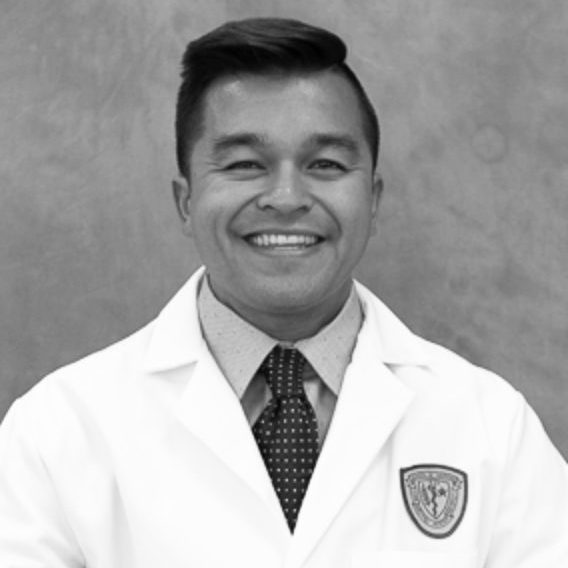
"Despite the fact that we can't go to school anymore and we're all living out of our apartments, this was pretty much just the same thing that we had before, which I think is really what all of us want."
JORGE GUTIERREZ, MD CANDIDATE '23
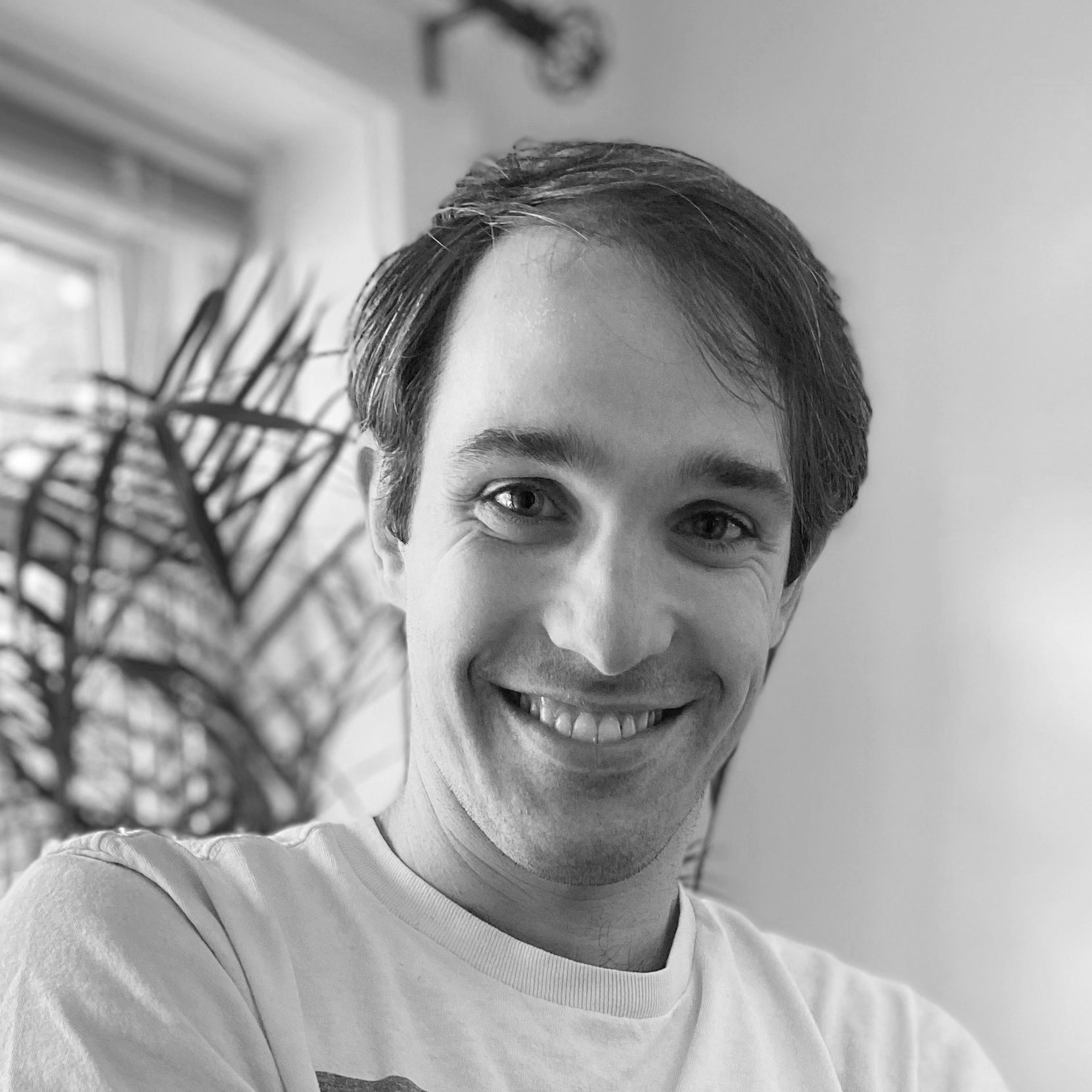
"I am a big proponent of this - if we were doing cadaveric dissection right now, we would have a lot of problems.... I'm pretty grateful for what we have going on."
AARON ACKERMAN, MD CANDIDATE '23

"The class this week was seamless."
MITCHELL THOM, MD CANDIDATE '23
Overall, the class was pretty much the same, except now remote.
At a time when everything was up in the air, a feeling of normalcy went a long way in helping our students feel supported. As the semester progressed, we solicited feedback from the students and professors and added new features to the software to better accommodate the remote setting.
While other medical schools were having to stop or significantly alter their anatomy curriculum, CWRU’s students didn’t miss a day.
Our study on remote HoloAnatomy® was the first to show positive learning experiences for an entire class of medical students using mixed reality remotely. Students overwhelmingly believed that this technology is an effective way to learn medical anatomy. 81% felt that the remote anatomy sessions were equivalent or better than the in-person class, and actually when given a choice, 58% preferred remote HoloAnatomy® to in-person classes.
Initial Experience Using Mixed Reality for Remote Online Anatomy Education
Link to study -here-
%
STUDENTS CAN LEARN EFFECTIVELY USING HOLOANATOMY® REMOTELY
PREFERRED REMOTE TO IN-PERSON
NEW TECHNICAL DIFFICULTIES REPORTED
EQUIVALENT OR BETTER THAN IN-PERSON
There were also some silver linings.
Students set up HoloLens study sessions with their classmates, who were now spread across the country, to feel connected to each other. They buckled down to create structure for their newly flexible schedules, coming up with new rituals and more self-reliance. And having a personal HoloLens at home wasn’t too bad, either.
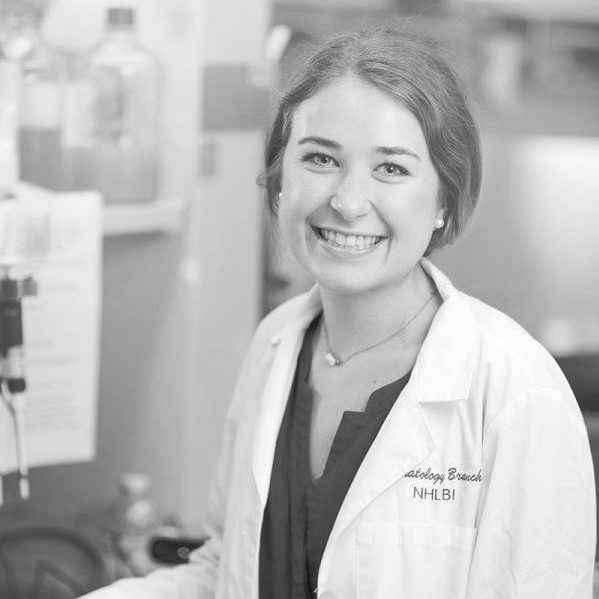
"It's funny, having a Hololens at home. It makes me want to build things, having it at my fingertips all the time."
ELLEN KENDALL, MD CANDIDATE '23
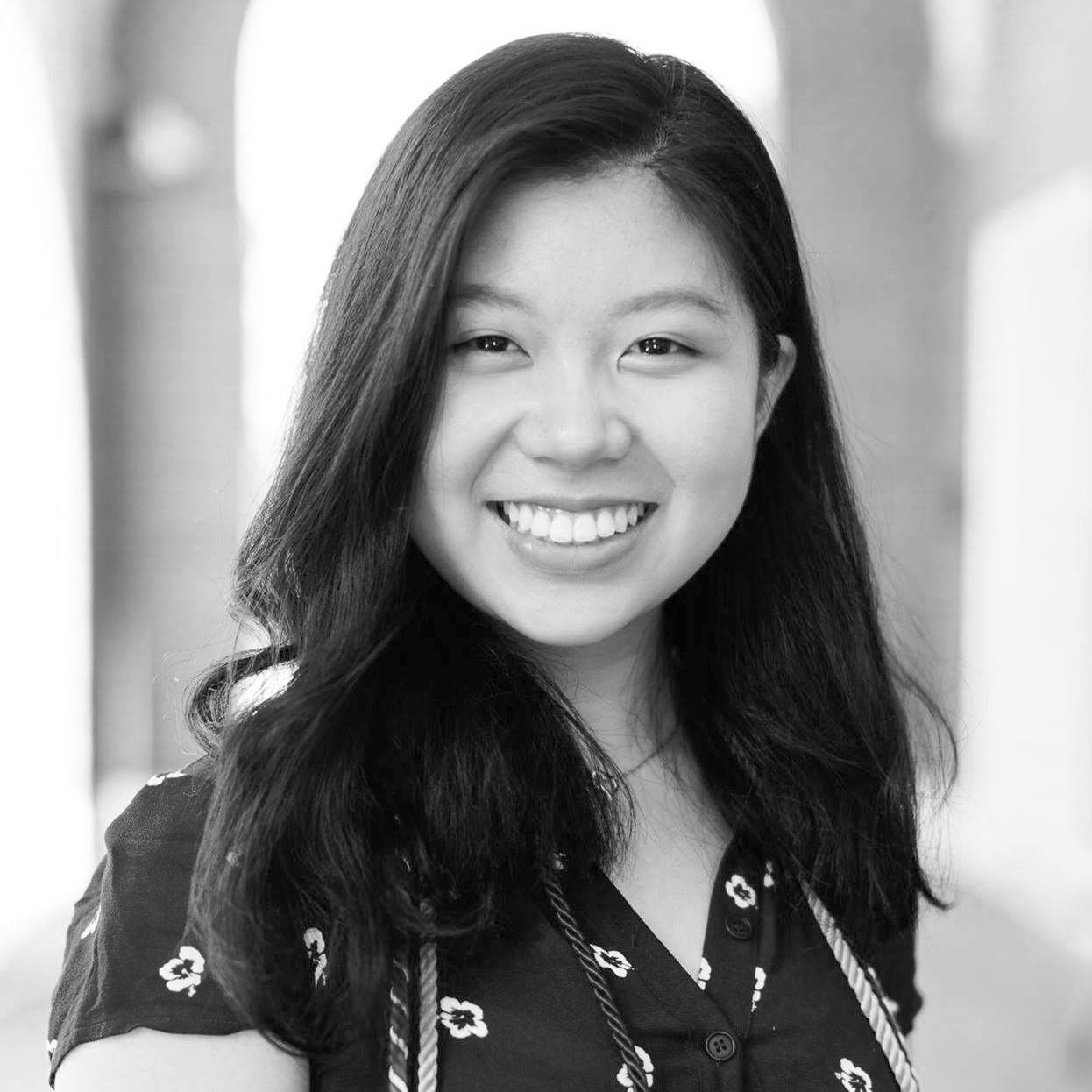
"I honestly like the extra space a lot - I have an entire body to myself!"
SABRINA WANG, MD/PhD CANDIDATE





